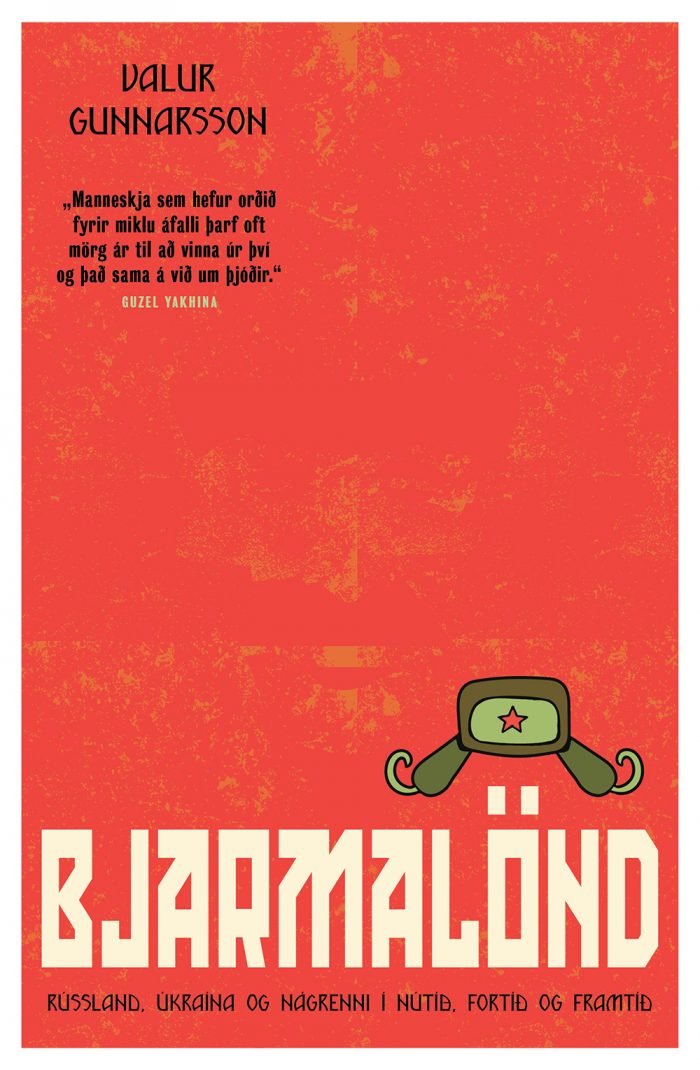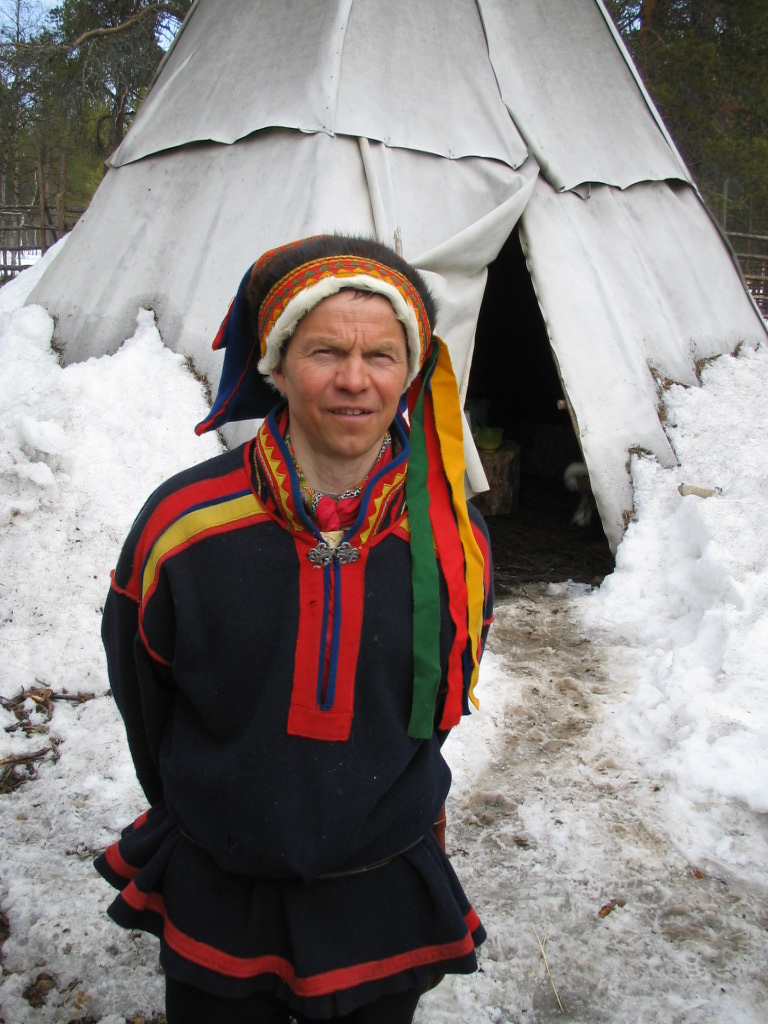It’s probably not escaped anyone’s attention that Christmas is coming and probably everyone who reads this page knows that the tradition is based on an older pagan holiday. In Iceland today, there is a still functioning Ásatrú society which usually celebrates the winter solstice on December 21st, but probably not now in these Covid filled times. As with other moments when the seasons meet, such as the 1st of May, midsummer and Halloween, this is a time when the spirits run free. Remnants of this can still be seen in Iceland where New Year’s Eve is considered a time for elves and bonfires are still lit around the coast, but again, not this year.
In the old Slavic world, people would celebrate Kolyada, which either refers to the infant sun god or the sky-goddess responsible for sunrise. After all, a new year is being born. Today it is still sometimes celebrated, often coinciding with Orthodox Christmas which starts on January 6th.
In Ukraine, bonfires are lit, fireworks set off and Kolyada songs sung, which are supposed to bring in a happy new year where wishes come true. Symbolic for this is the goat, which is seen as a fertility symbol. Probably in previous times, a goat was offered up as a sacrifice, but these day it is play-acted, with someone dressing up as a goat and being mock sacrificed before coming back to life, symbolizing the regeneration of nature.
The Finns also have a Christmas goat, Joulupukki, sometimes conflated with Santa Claus himself or more sensibly his lead reindeer. But the tradition is much older and also involves a man getting dressed up as a goat. There is even a horror film, Rare Exports, about the Finnish Christmas goat.
In any case, goat sacrifices or not, we can surely all look forward to a happier new year.
For more on Kolyada: Kolyada: The Old Slavic Winter Solstice | Kolyada: The Old Slavic Winter Solstice (patheos.com)
For more on the Finnish film to get in the Christmas horror spirit: Rare Exports. This Christmas everyone will believe in Santa Claus. (rareexportsmovie.com)


